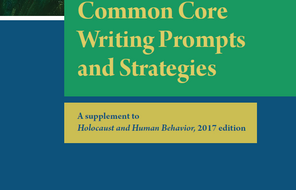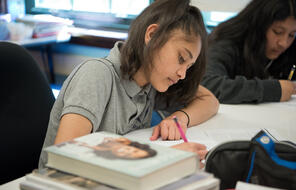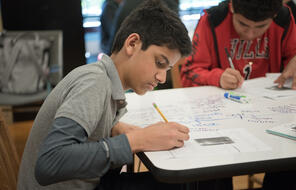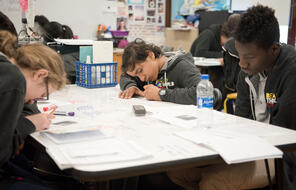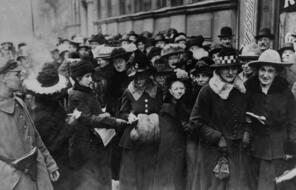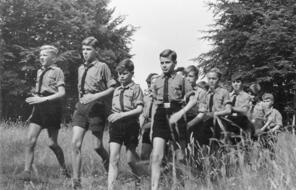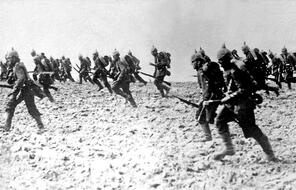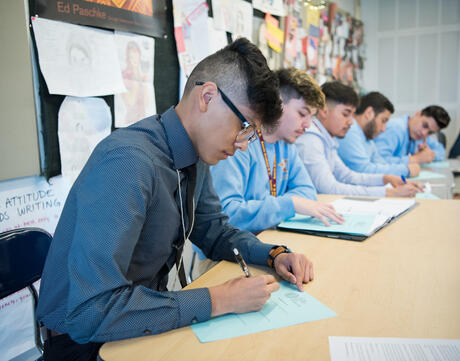
Adding to Evidence Logs, 3 of 3
At a Glance
Language
English — USSubject
- History
- Social Studies
Grade
6–8Duration
One 50-min class period- The Holocaust
Overview
About This Assessment
Students are now ready to reflect on, gather evidence for, and discuss the unit writing prompt in its entirety:
What does learning about the choices people made during the Weimar Republic, the rise of the Nazi Party, and the Holocaust teach us about the power and impact of our choices today?
In addition to reflecting on the entire prompt and adding evidence from Lessons 19 to 21 to their evidence logs, you might also ask students to engage in structured conversations or mini-debates that challenge them to support their ideas about the writing topic with evidence and listen actively to their peers. For many students, the process of talking before writing helps them organize their thoughts, explain their thinking, and develop a clear point of view.
Lesson Plans
Activities
Materials and Downloads
Adding to Evidence Logs, 3 of 3
Justice and Judgement after the Holocaust
How Should We Remember?
Unlimited Access to Learning. More Added Every Month.
Facing History & Ourselves is designed for educators who want to help students explore identity, think critically, grow emotionally, act ethically, and participate in civic life. It’s hard work, so we’ve developed some go-to professional learning opportunities to help you along the way.
Exploring ELA Text Selection with Julia Torres
On-Demand

Working for Justice, Equity and Civic Agency in Our Schools: A Conversation with Clint Smith
On-Demand

Centering Student Voices to Build Community and Agency
On-Demand


